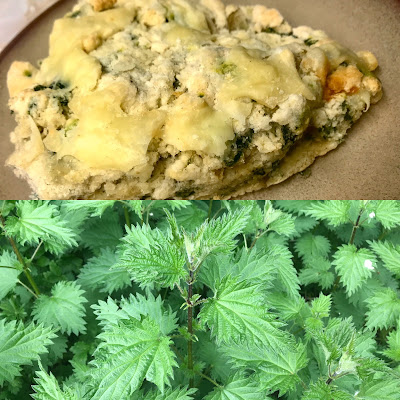On Sunday March 11th 2000, nearly 3000 people turned up in what previously was pasture inhabited by a few grazing cattle adjacent to the Quincentenary Bridge. Over the course of a few hours, these volunteers planted thousands of native Irish trees in the first phase of a development new to Ireland, namely an urban forest park. We called it Terryland Forest Park, a zoned green area of 180 acres lying within the boundaries of Galway city.
It was an inspiring sight to behold. Months of hard work and lobbying by members of the park’s multi-sectoral steering committee (that included my good friends Lol Hardiman and Niall O Brolchain) led by Stephen Walsh, who had been appointed in the previous year to the new position of ‘Superintendent of Parks’ of what was then Galway Corporation, came to fruition. We watched joyously as groups of trainee Garda Síochána, scouts, girl guides, pupils from different schools, company staff as well as families, politicians and senior council officials arrived in the park over the course of the morning, afternoon and early evening armed with shovels, spades and forks to be part of what was and still remains Ireland’s largest community-local government partnered urban forestry project. There was a true sense of togetherness that day, a feeling amongst many that we were creating something special, something that we hoped would make the city a better place to live in for present and future generations as well as become a unique urban sanctuary for wildlife. Many of those dreams have indeed come true. Today it contains nearly 100,000 trees, wetlands, meadows, riverways, pathways, community garden, sculpture trails, farmland...But there are still other aspirations that have yet to occur that should reinforce its legacy.
Twenty years later, we are once again calling on the people of Galway to help bring this mighty forest park to a new level. We need volunteers soon and in the years ahead to plant, to create wildflower meadows, to act as tour guides, to litter-pick, to monitor and survey biodiversity, to map trails, to use old traditional rustic skills such as repairing drystone walls and an array of other tasks including becoming committee members...
If you are interested in being part of another generation of volunteers helping to make Terryland Forest Park an important hub in a new Green and Blue Galway, why not join an online (Zoom) get-together at 7pm on Wednesday? To register, send an email to me at speediecelt@gmail.com
Note: The first photo shows Terryland Forest Park on March 11th 2000. The second photo was taken in the same spot in May 2020.




